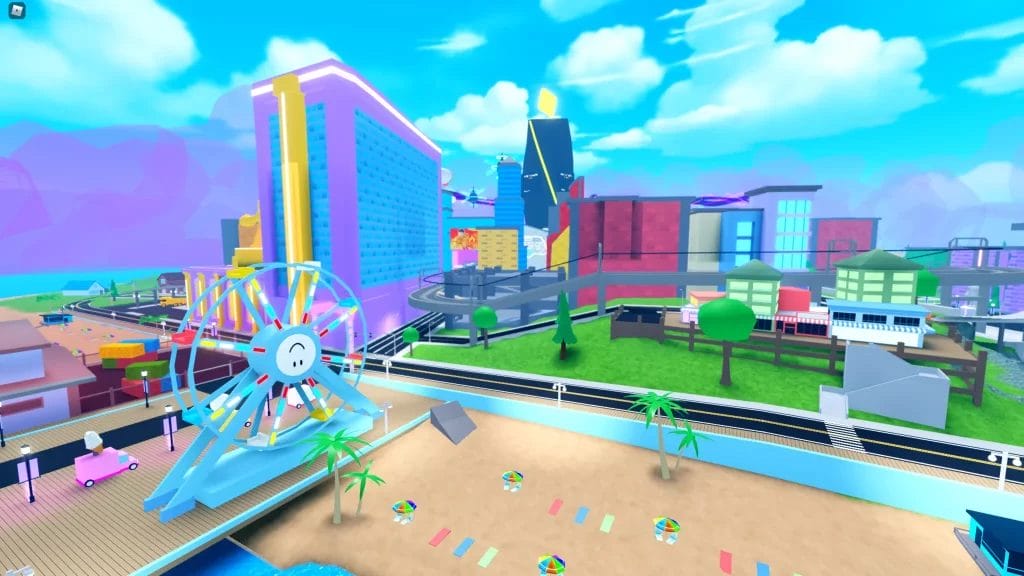The most sparkly ideas in tech lurch into our lexicon before they are truly coherent.
Jargon appears out of nowhere, and we begin to use these terms as if they are concepts or things we have all understood for a while now (despite not knowing if they are, in fact, concepts or things): the sharing economy, the internet of things, the cloud (holy fuck the cloud), and now I’d like to introduce the latest, “the metaverse”.
If you are one of those people who either understand “the metaverse” or are excited about “the metaverse” then we probably aren’t friends. No hard feelings, I just figure we operate on different planes (mine being that of real-earth, and yours, meta-earth).
(I was recently told that the stubbornness with which I hold my convictions can be “damaging” and “destructive”. Well. I wouldn’t be stubborn about my convictions if they weren’t always right, would I? This never seems to be the correct answer).
I’ve known that I have a targeted hatred for the metaverse ever since I heard the words uttered by the original meta-man himself, Mark Zuckerberg. But as everyone who has written a college essay knows, you must understand both sides of a debate to offer a compelling argument. And you must understand the thing you are talking about, to argue at all.
So here goes.
The Origin Story:
The term metaverse can be traced back to Neal Stephenson’s 1992 novel Snow Crash.
The book depicts a 3D virtual reality space accessed through personal terminals and VR goggles. This virtual world appeared to its users as an urban environment created along a single hundred-meter-wide road, the Street. (Sounds claustrophobic).
This idea was then reimagined as “The Oasis” in the Ernest Cline novel Ready Player One which, again, refers to a fully realized digital world that exists beyond the analog one in which we live.
(First impression, this whole thing feels like it’s taking the idea of “running away from your problems” to a whole new level. And therapist’s thought the pandemic helped business…)
I think the pro-metaverse person would explain it all as a utopia. A new frontier where social norms and value systems can be written anew, freed from cultural and economic sclerosis. But more often (and more accurately if you ask me) metaverses are dystopian — virtual refuges from a fallen world.
What the f*ck is it though?

If you own an NFT or even just some crypto, I hate to inform you, but you are a part of the metaversal experience.
Virtual and augmented reality are, at a minimum, metaverse adjacent.
If you’ve attended a work meeting or a party using a digital avatar, you’re treading into the neighborhood of metaversality.
In a recent letter to his employees, Zuckerberg explains (ominously):
“We’ve gone from desktop to web to mobile; from text to photos to video. But this isn’t the end of the line… The next platform will be even more immersive—an embodied internet where you’re in the experience, not just looking at it. We call this the metaverse, and it will touch every product we build.”
Properties of the metaverse in digestible bullet form:
To get to this so-called “embodied internet” Zuckerberg envisions for humanity, it must have certain properties that separate it from isolated virtual reality experiences…
- Massively scaled
- Interoperable (I didn’t know what this meant either, see below)
- Real-time rendered
- 3D virtual worlds
- Synchronous
- Unlimited # of users
- Individual sense of presence
- Continuity of data
*Interoperability by internet definition: a characteristic of a product or system to work with other products or systems.
* Interoperability by my definition: Right now, you can create an avatar in an online game, but that avatar cannot jump from one world to the next. The metaverse isn’t a single firm or organization’s product or space, or even all of them together – it’s the way they’re connected.
*Interoperability by my definition again but in other words because I couldn’t decide which was clearer: In practice, the metaverse will exist when a user can enter a huge virtual shopping mall that can be experienced by as many people as the virtual space can fit, purchase a unique digital item (like an NFT, bleh!), and then sell that same digital item a few weeks later inside a completely different virtual world—or perhaps on Twitter or eBay.
A concerning anecdote:
Craig Donato, the chief business officer of Roblox (an online gaming platform that allows users to program and play games created by other users), said that during the pandemic he spent so much time meeting in the company’s virtual office that upon returning to the physical space, he had to remind himself that he could not do the same things as his Roblox character.
“I was like, ‘Gosh, I have to make sure I don’t jump out the window,’” he said.
Fortnite. For all the boys in high school who loved their PlayStation more than their girlfriend. Or their mother.
I know that my life has taken a turn for the worse when I (self-inflicted nonetheless) have to research Fortnite. But of course, as goes with terrible things, they have a tendency to stick together (mean girls, crows, dust bunnies) – so it only makes sense that Fortnite and NFTs and the metaverse operate in the same realm.
The 2017 video game (an avid user may describe it as a tower defense-style game that consists of little figurines fighting zombies) somehow, only a year after its release, exploded into an international phenomenon. The company rushed to add cute little features like voice chatting, dance parties and the option to dress up characters in superhero costumes (for a cost, of course). Now, Epic (the game’s developer) markets Fortnite as a metaverse.
“It’s more than a game… We’re building this thing called the metaverse — a social place”
–Matthew Weissinger, VP of marketing at Epic.
Travis Scott is apparently involved.
Travis Scott held a concert within Fortnite last April. I don’t understand how this works. I don’t understand how it would be any different from watching an Instagram Live concert. I do believe Mr. Scott should be limited to virtual concert experiences (if any at all) after the Astroworld tragedy. But, nevertheless, the concert drew more than 12 million concurrent views.
Nearly 50 percent of players who tuned in were using the game’s “creative mode” (this allows users to populate their own islands with buildings and games – i.e., create their own universe).
I still hate it here. And I will probably hate it here again next week.
And Happy Valentine’s Day I guess even though it is objectively the worst non-holiday “holiday” of the year.
Sincerely (as if this has not already been picked up by tone),
Your bitter single.

